Tag: septic shock
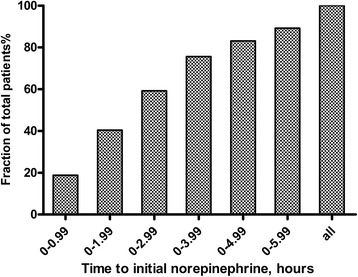
Early vs. Delayed Administration of Norepinephrine in Patients with Septic Shock
This study investigated the incidence of delayed norepinephrine administration following the onset of septic shock and its effect on hospital mortality. Our results show that early administration of norepinephrine in... read more

Septic Shock and the Use of Norepinephrine IMCU
Elderly patients with septic shock treated with norepinephrine (NE) displayed a better Intermediate Care Unit (IMCU) survival at the ward and at 30 days than previously expected. Our retrospective chart study did not... read more
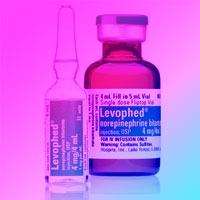
Norepinephrine Shortage and Mortality Among Patients With Septic Shock
Drug shortages in the United States are common, but their effect on patient care and outcomes has rarely been reported. This cohort study evaluated whether a national shortage of norepinephrine in the United States in 2011... read more
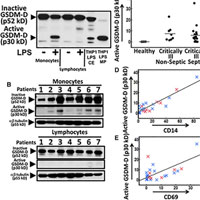
Circulating Gasdermin-D in Critically Ill Patients
This is the first study to demonstrate that the active form of GSDM-D is found exclusively in the circulation of septic critically ill patients raising its potential as an agent of dysregulated immunity in systemic infection.... read more
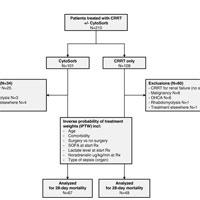
CytoSorb Associated with Decreased Observed vs. Expected 28-day All-cause Mortality in ICU Patients with Septic Shock
CytoSorb was associated with a decreased observed versus expected 28-day all-cause mortality. By IPTW analysis, intervention with CytoSorb may be associated with a decreased all-cause mortality at 28 days compared to CRRT... read more

Enteral vs. Parenteral Nutrition in Septic Shock
The strong paradigm of favoring the enteral over the parenteral route in critically ill patients has been challenged. As a consequence, updated guidelines recommend withholding enteral nutrition in patients with uncontrolled... read more
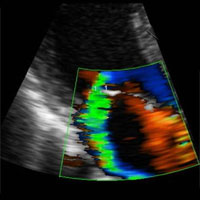
Comparison of Echocardiographic Indices of RVEF in Critically Ill Patients
Though echocardiographic evaluation assesses the right ventricular systolic function, which of the existing parameters best reflects the right ventricular ejection fraction (RVEF) in the critically ill patients is still uncertain.... read more

Refractory Septic Shock: Our Pragmatic Approach
Despite timely intervention, there exists a small subgroup of patients with septic shock who develop progressive multi-organ failure. Seemingly refractory to conventional therapy, they exhibit a very high mortality. Such... read more
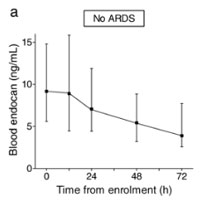
The Complex Kinetics of Blood Endocan During the Time Course of Sepsis and ARDS
This study highlights the kinetics of endocan in severe sepsis and acute respiratory distress syndrome (ARDS), thus helping to understand the apparently conflicting results observed in the literature. However, the interpretability... read more

Early Norepinephrine Has Potential for Septic Shock
Standard sepsis algorithms have suggested completing a fluid bolus before starting vasopressors in patients with septic shock, but multiple observational trials have shown an association between early vasopressor use and... read more
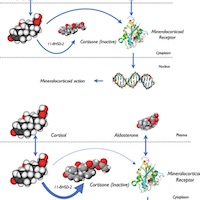
Adjunctive Corticosteroid Treatment in Septic Shock
Interest in the role of the adrenal cortex in the recovery from an infection dates back nearly 100 yr. More than six decades of research on the role of corticosteroid supplementation as an adjunctive treatment for sepsis... read more

More Precise Sepsis Therapy with Distinct Clinical Phenotypes
In this retrospective analysis of data sets from patients with sepsis, 4 clinical phenotypes were identified that correlated with host-response patterns and clinical outcomes, and simulations suggested these phenotypes may... read more

Epidemiology of Sepsis and Septic Shock in Critical Care Units
A comparison between sepsis-2 and sepsis-3 populations using a national critical care database. In an ICU database, compared with Sepsis-2, Sepsis-3 identifies a similar sepsis population with 92% overlap and much smaller... read more
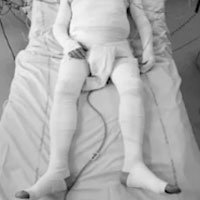
A Compression Method to Reduce Fluid Balance of Septic Shock Patients
This article presents a close look at the Corporeal Compression at the Onset of Septic shock (COCOONs). Fluid overload in septic intensive care unit (ICU) patients is common and strongly associated with poor outcome. There... read more








